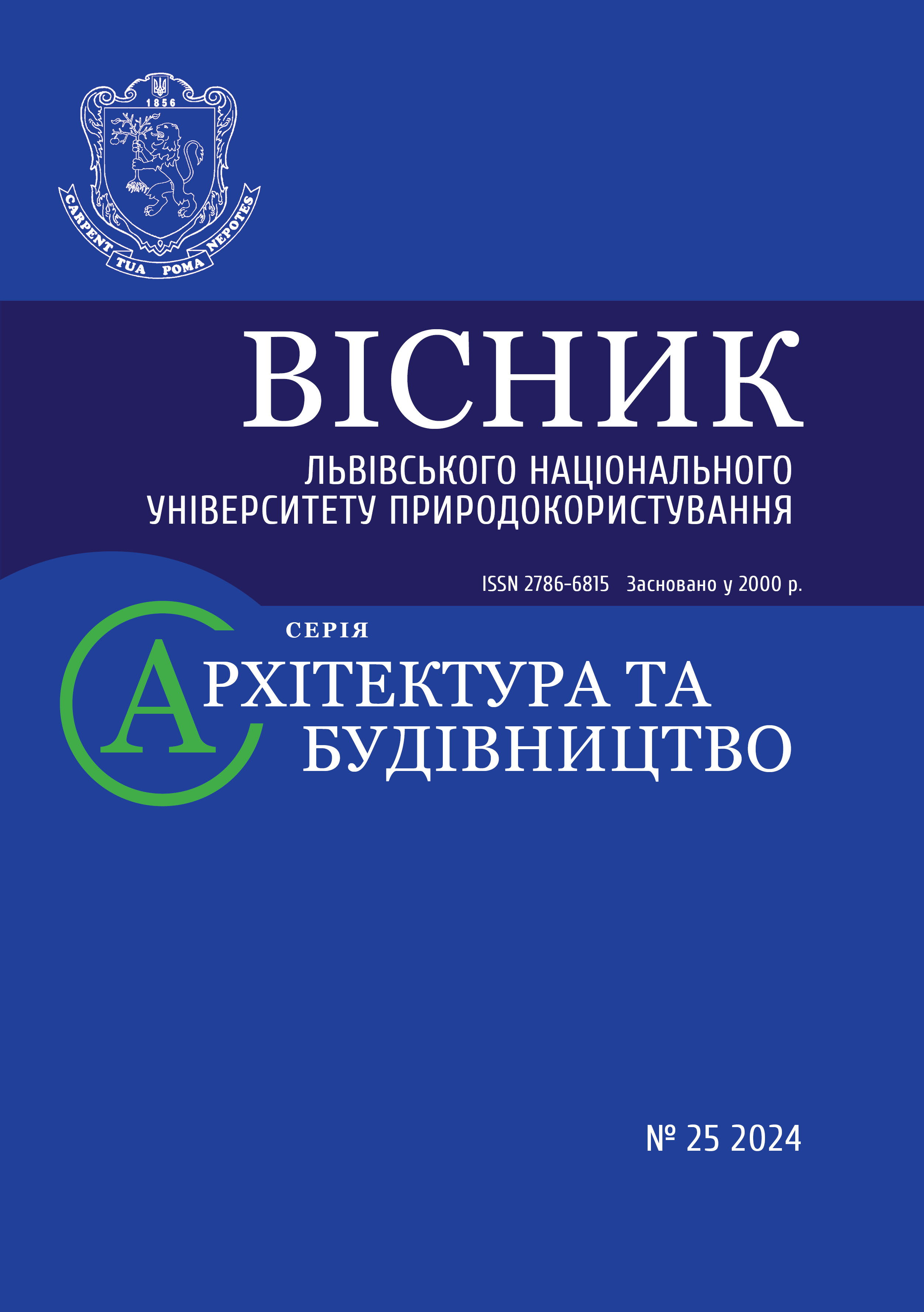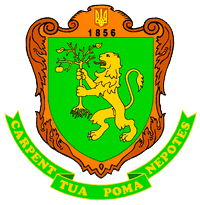EFFECT OF ACTIVATION OF THE CONCRETE MATRIX OF TEXTILE-REINFORCED CONCRETE ON ITS PROPERTIES
DOI:
https://doi.org/10.31734/architecture2024.25.055Keywords:
textile-reinforced concrete, activation, concrete matrix, strength, deformabilityAbstract
There is an increasing focus on replacing traditional steel reinforcement with alternative types that can create lighter structures with enhanced corrosion resistance. One promising option is the use of high-strength textile fabrics, which are made from materials such as glass or carbon fibers. Despite the clear advantages of textile-reinforced concrete structures, several factors hinder their widespread adoption. One major challenge is the significant discrepancy between the strength and deformation characteristics of the concrete matrix and the textile reinforcement. This gap prevents the full realization of the physical and mechanical properties of the reinforcing fabrics. However, modern methods aimed at enhancing the physical and mechanical properties of concrete have emerged. These methods involve using both organic and inorganic substances in ultra-low concentrations as concrete modifiers, improving the overall performance of textile-reinforced concrete. Moreover, contemporary construction emphasizes reducing energy consumption, making the use of binders like slag Portland cement more relevant. Consequently, the primary objective of this research was to investigate how activating the concrete matrix with ultra-small doses of surfactants affects the strength and deformability of textile-reinforced concrete. Concrete samples were prepared using slag Portland cement and various types of textile reinforcement sheets made from glass and carbon rovings. Hydrocarbon was employed as the activator for the concrete matrix. The research determined the relationship between the effectiveness of the activator, indicated by the strength of the concrete, and both the amount of activator used and the type of reinforcing material. The results indicated that bending strength increases with the activation of the concrete matrix for both glass fiber and carbon fiber reinforcement. Additionally, it was found that the effectiveness of the activator diminishes over time.
References
Biryukovich K. L., Biryukovich Yu. L., Biryukovich D. L. Glass cement in construction. Kyiv: Builder, 1986. 96 р.
Hegger J., Voss S. Design methods for textile reinforced concrete under bending and shear loading. Proceedings of the 2nd International FIB Congress. Neapol, 5–8 June 2006. P. 1–12.
Holler S., Butenweg C., Noh S.-Y., Meskouris K. Computational model of textile-reinforced concrete structures. Computers and Structures. 2004. No 82. P. 1971–1979.
Horstmann M., Shams A., Hegger J. Tragverhalten von Sandwichkonstruktionen aus textilbewehrtem Beton. 6 Kolloquium zu textilbewehrten Tragwerken (CTRS6). Gemeinsames Abschlusskolloquium der Sonderforschungsbereiche 528 (Dresden) und 532 (Aachen). Berlin, 19–20 Sept. 2011. P. 329–340.
Keil A., Raupach M. Improvement of the Load-Bearing Capacity of Textile Reinforced Concrete by the Use of Polymers. 12th International Congress on Polymers in Concrete. 2007. P. 873–881.
Kulas C., Hegger J., Raupach M., Antons U. Brandverhalten textilbewehrter Bauteile. Kolloquium zu textilbewehrten Tragwerken (CTRS6). Gemeinsames Abschlusskolloquium der Sonderforschungsbereiche 528 (Dresden) und 532 (Aachen). Berlin, 19–20 Sept. 2011. P. 341–352.
Löfgren I. Fibre-reinforced Concrete for Industrial Construction – a fracture mechanics approach to material testing and structural analysis. Göteborg: Chalmers Reproservice, 2005. 276 p.
Peled A. Pre-tensioning of fabrics in cement-based composites. Cement and Concrete Research. 2007. No 37. P. 805–813.
Peled A., Cohen Z., Pasder Y., Roye A., Gries T. Influences of textile characteristics on the tensile properties of warp knitted cement based composites. Cement & Concrete Composites. 2008. No 30. P. 174–183.
Reinhardt H. W., Kruger M., Grosse C. U. Concrete Prestressed with Textile Fabric. Journal of Advanced Concrete Technology. 2003. Vol. 1. No 2. P. 231–239.
Shyshkina A., Piskun I. Formation of the strength of fine-grained concrete based on modified slag Portland cement. Eastern-European Journal of Enterprise Technologies. 2023. No 5(6 (125). P. 74–81.
Shyshkina A., Shyshkin A. Application of the easy concentration effect in concrete technology. Innovative Technology in Architecture and Design (ITAD 2020). IOP Conf. Series: Materials Science and Engineering. 2020. Vol. 907. 012038.
Shyshkina A., Shyshkin A., Domnichev A. Concrete with a mixed aggregate and structured water. Norwegian Journal of development of the International Science. 2020. No 51. Vol. 1. P. 49–53.
Shyshkina O. O. High strength concrete for composite materials. Bulletin of Kryvyi Rih National University. 2022. № 54. С. 42-46.
Voss S. Design methods for textile reinforced concrete. 6th International PhD Symposium in Civil Engineering. 2006. P. 1–8.
Voss S., Hegger J. Dimensioning of textile reinforced concrete structures. 1st International Conference Textile Reinforced Concrete (ICTRC). 2006. P. 1–10.


